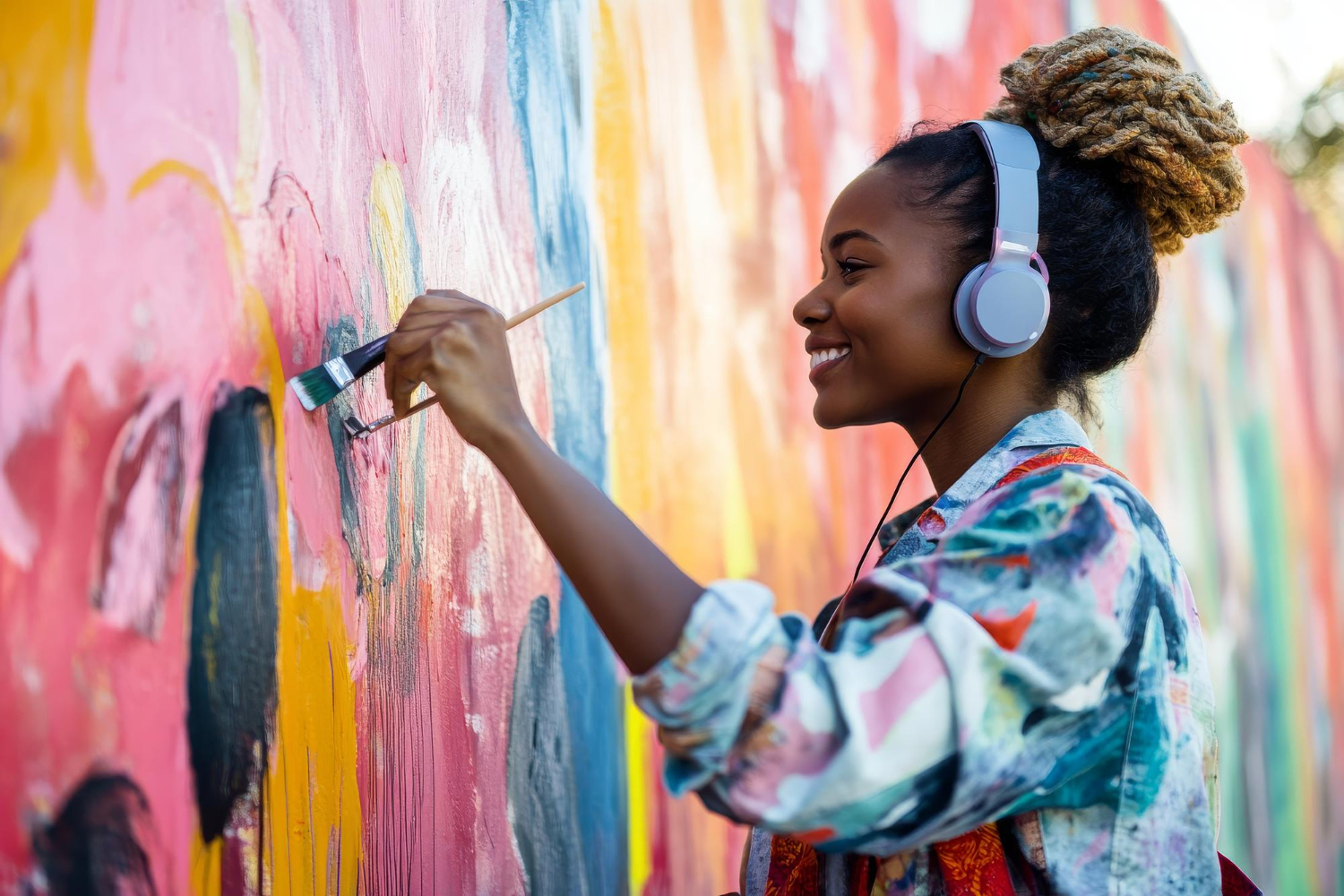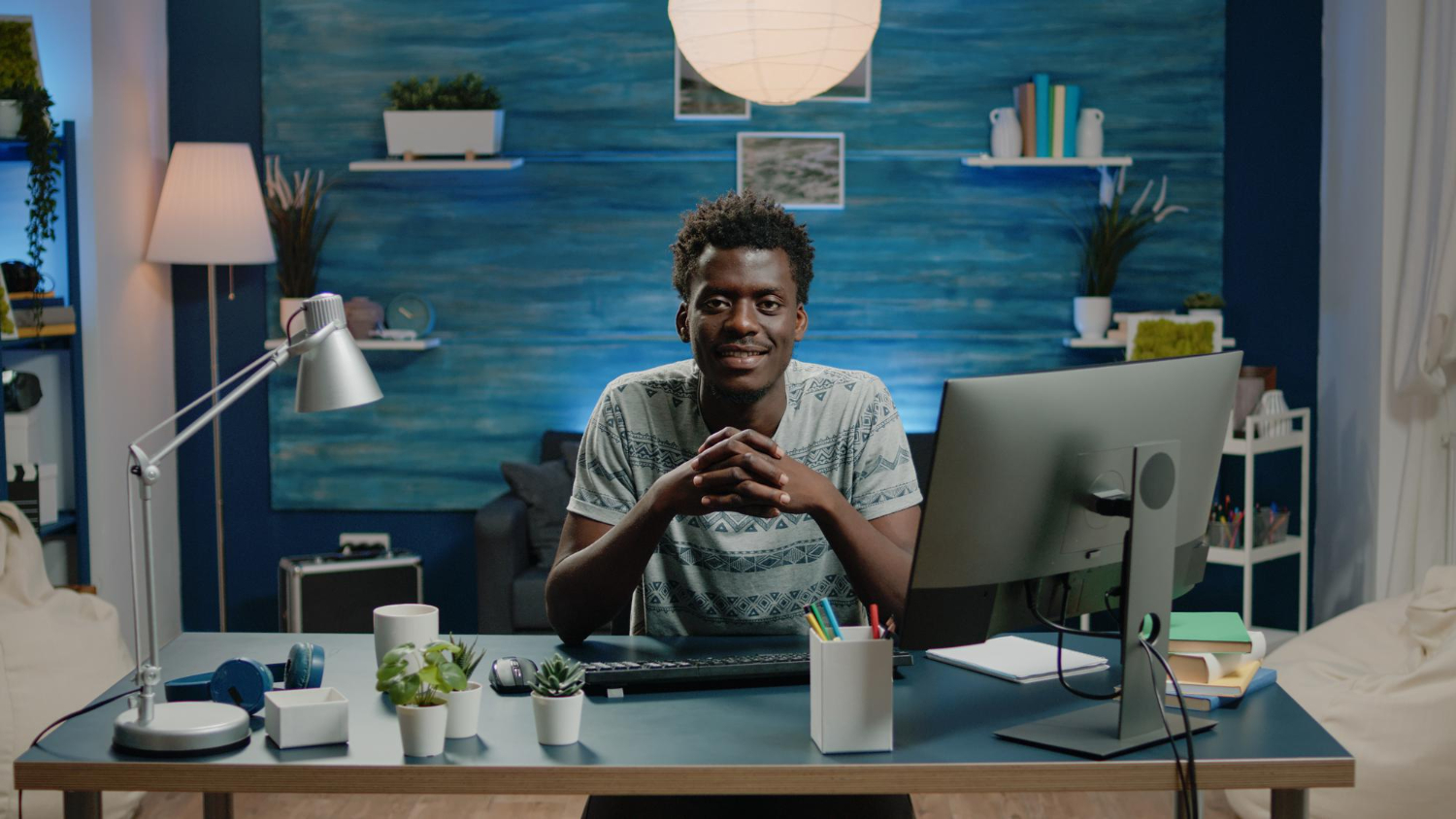Much Ado About Original Art
by Subomi Plumptre

I have often wondered why Yemi Alade gets flak for her songwriting. There was a time she was vilified for not writing thoughtful lyrics — as if this is a requirement in a largely beat-dominated musical genre like Afrobeats.
I can point to many artists who focus on the vibe, not the lyrics. And to be fair, few artists have attained the level of visual branding consistency and multilingual continental appeal that Yemi Alade has. On a farm in Zanzibar, when I mentioned I was Nigerian, her song, Johnny, was the first thing the farmer recalled about the country. The second was cassava.
Fandom is not the same as sales
Many people confuse fans with customers. For an artist, what matters most is a fan base that either buys the product (i.e. customers) or that provides enough eyeball impressions to monetize other products like ads and endorsements.
So, the first goal of a commercial artist is sales — not art. Tyler Perry understands this and continues to churn out formulaic Black American drama tropes. That’s because they sell. So, he has found a way to predictably monetize pain and stereotypes.
Even in the faith-based genre, the Kendrick brothers have a formula for mid-budget tearjerkers that consistently sell.
The science of repeatable success
There is a science to repeatable success: find a formula that works and squeeze every commercial drop out of it. Don’t change it until the market demands it.
Therefore, for original art, you need patrons and sponsors who will back an artist long enough to find product–market fit. If the artist is lucky, they might build a niche cult audience just big enough to pay their bills — until they blow.
Art in the era of social media
Humans of New York is arguably one of the world’s most successful photojournalism platforms. But even Brandon Stanton, its creator, has started lamenting how the world is shifting from original art to the socialisation of art.
Social media rewards artists who are adept at recording and streaming their process on TikTok. Many earn more from this than from actual art sales. This shift leaves non-techie artists struggling.
This is where having a sponsor helps — someone to do the heavy, front-facing lifting on your behalf, or who can pay someone else to do it for you.
Who pays for originality?
Platforms like Patreon are popular — they help artists find sponsors for their work. Humans of New York has a thriving Patreon account that funds Stanton’s day-to-day. He’s also published commercial coffee table books.
So far, he’s refrained from using his massive social pages for endorsements, with the exception of a political nod to Hillary Clinton during a U.S. election.
The thing is, if you want original art, you’ve got to fund, advocate for, and pay for it. That’s the only way it’s going to last in this social media–frenzied world.
So, what are you doing to support the arts?
For original art to sell, you need patrons and sponsors who will back an artist long enough to find product–market fit.
Share on X

For more, read Art of Conversation


